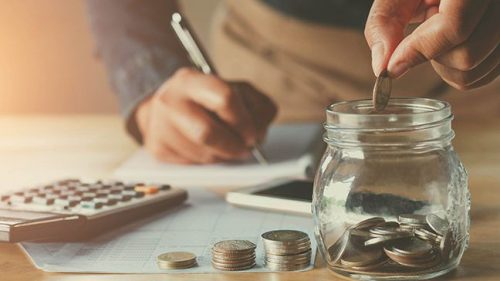Savvy House Hunting: The 3 Secrets To Finding A Home That Will Appreciate

Your house should, first and foremost, be home. But if you’re keen that your property appreciates, here are the three things to look for and three types of homes to avoid.
If you’re buying a new home, can you predict how well it will appreciate while you live there?
Maybe, maybe not. But there are some things to look for in real estate that can help assure a property will appreciate at or above the average market rate.
At Money Under 30, we believe you should buy your primary residence as a place to live in, primarily. After all, that’s a home’s purpose. Thinking of your home as an investment is risky because it may lead you to feel richer than you are and neglect investing elsewhere.
That said, real estate can and does appreciate. So if you can someday sell your home for more than you paid for it, that’s a good thing.
Because real estate values are unpredictable, you should first look for a home that meets your family’s needs, all aspects considered. It needs to have a location you’re happy with, a size that works for your family, a layout you like and of course, a price that fits your budget. After you’ve found something that checks all of those boxes then you can keep an eye out for features that will assist the house in gaining and maintaining appreciation over time.
Location, location
The Realtor’s mantra: “location, location, location”. A home’s location will always have a huge impact on its ability to appreciate over time.
This holds true because unless your property is a mobile home (in which case, sorry, it won’t appreciate), the location of the property is never going to change. You can gut the inside and paint the outside but you’ll never be able to take a nice-looking house out of a bad neighborhood. Important aspects of location include school district rankings, access to parks, stores and restaurants and crime rates.
Curb appeal
According to Yahoo! Finance, “First impressions are everything. A house that appears tidy and well-cared-for will sell more quickly and for more money. A good first appearance can add as much as 10 percent to the value of the home.”
This only makes sense, because if the exterior front of your house doesn’t show well, buyers aren’t even going to bother getting out of the car to go in. I’ve had it happen time after time; a buyer tells me they want to view a property because of the interior pictures they’ve seen on the MLS, but when we get to the property they view the front and change their mind. It makes sellers angry but who can really blame the buyers? From their perspective, they don’t want to waste time viewing a property that they don’t want to drive up to every day.
Mild ‘fixers’
If you purchase a brand new home, everything is going to be clean and done which is extremely convenient. This is also why new builds typically go for top dollar in the marketplace. The potential for future appreciation with a house that is completely turn-key is less than if you were to purchase a mild fixer and add upgrades to it as you live in it over the years.
Ideally, you do want the house to be turn-key by the time you go to sell, but you want to save money by doing some of those upgrades yourself and overtime. Adding granite countertops in the kitchen, updating the paint throughout the house and installing new bathroom fixtures are all examples of simple ways to increase your home’s value on your own, which in turn will aid in its appreciation over time.
See more at…https://www.moneyunder30.com/secrets-to-buying-a-home-that-will-appreciate